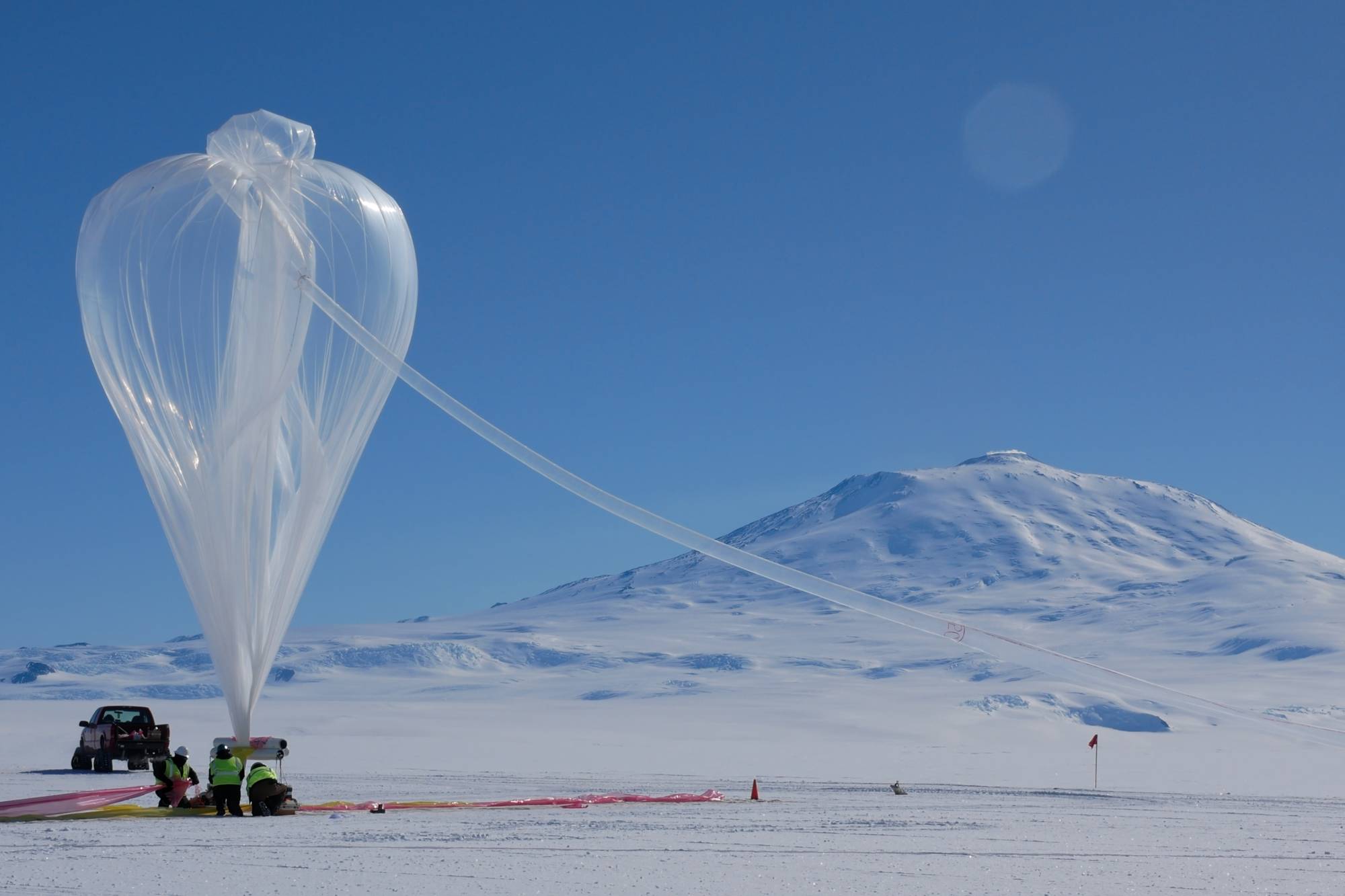5 min read
Space Telescope Science Institute's (STScI’s) Office of Public Outreach, the Webb mission, and NASA’s Science Activation program have partnered to share Webb’s First Images with the public, working with communities across the country to support celebrations of Webb and its first images through the Webb Community Events initiative. Community organizations and institutions were invited to host events of all types and sizes (in-person, virtual, or hybrid) throughout the summer and fall of this year. One of the ways many sites chose to celebrate Webb’s first look was to tune into live panel discussions created just for them and their audiences. These panel discussions went live with a diverse range of scientists who work on the Webb mission. These scientists discussed, in detail, the excitement and wonder of witnessing these images for the very first time and what exciting science they reveal. The expert panelists shared how they became interested in science, how they became scientists, and why they are so excited about the Webb telescope’s capabilities—using the new images as examples of the work made possible with Webb.
Webb’s Deep Field SMACS 0723, revealing gravitationally lensed galaxies as old as 13 billion years, illustrated the telescope’s ability to probe the earliest days of the universe. Exoplanet WASP-96b’s spectrum revealing water in its atmosphere demonstrated Webb’s power to analyze alien worlds. Two images in different infrared wavelengths of planetary nebula NGC 3132—the “Southern Ring Nebula”-- showed how different spectral bands can tease out new details like the binary star at the center. The image of Stephan‘s Quintet of galaxies unveiled gas and dust in the interacting galaxies, tracing the dynamics of such interactions that can form new stars. And the image of the Carina Nebula revealed new details of this stellar nursery’s star-forming activities deep in clouds of gas and dust.
Three panel discussions have been held so far, one on image release day Tuesday, July 12, 2022 and two on Saturday, July 16, 2022, with one of these two weekend discussions being delivered entirely in Spanish. All discussions included live ASL interpretation and/or closed captioning to support a broader audience. More than 125 Webb Community Hosts around the country linked to the live panel discussion for their audiences, with additional viewers attending the Spanish and English follow-up panels. Planetariums, libraries, community day festivals, and museum galleries were just a few of the examples of audiences that were able to tune in from across the United States. Host sites were able to submit questions for the panel to answer throughout. These partnering organizations look forward to holding future discussions for this audience.
Access the recordings:
- Webb Space Telescope First Images Expert Panel (English): https://video.ibm.com/recorded/131933581
- Webb’s First Images: Unfold the Universe with Webb Scientists (English): https://www.youtube.com/watch?v=qr4N-Nzl6AA
- Webb’s First Images: Unfold the Universe with Webb Scientists (Spanish): https://www.youtube.com/watch?v=pyjhEKuoetI
Learn more about NASA’s Science Activation Program: https://science.nasa.gov/learners








